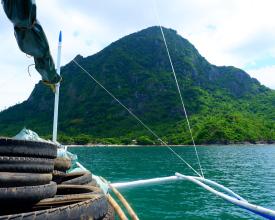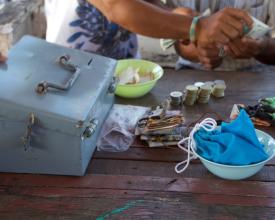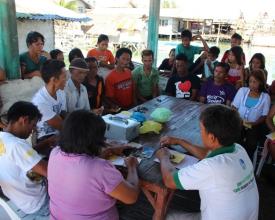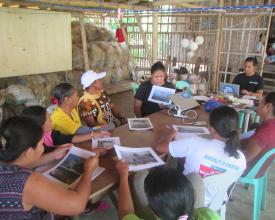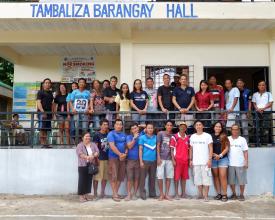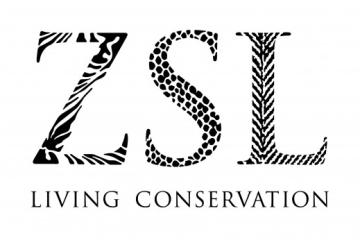
Community Bank Environment Fund (EF) – Engendering Grassroots Financing for Marine Protected Areas
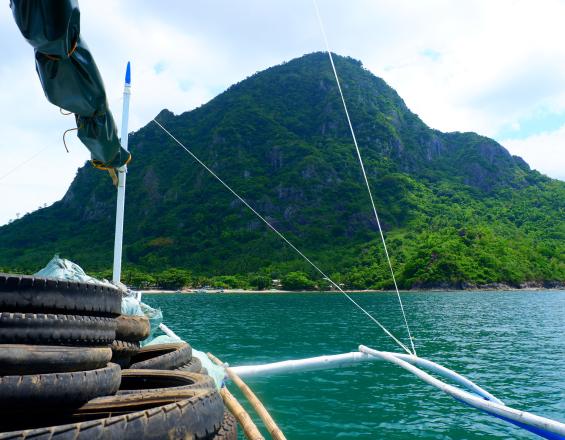
From a zero rating on the MPA Management Effectiveness Assessment Tool, Tambaliza is now pegged as a 'bright spot' MPA not only in the municipality of Concepcion but in the whole Northern Iloilo - it is the first legally established MPA with a 200-ha No-take Zone in the province. Tambaliza MPA is proving that bigger MPAs entail more community and stakeholders' involvement and bigger funding requirements but the local community is up to the challenge of sustaining the management of a protected area through their own contributions. Village Savings and Loan Associations (VSLA, locally known as CoMSCA) in Tambaliza are currently generating up to $1,500 in a year as Environmental Fund (EF) to support the implementation of the management plan of the protected area. ZSL's Net-Works (TM) programme is keen on replicating the success of Tambaliza MPA in other sites.
Context
Challenges addressed
Only 3 out of 10 MPAs in the Philippines are effectively enforced. The lack of financing to support long-term management is a major barrier and threats that MPAs are facing can be rooted to weak and unsustained MPA management – intrusion of illegal and commercial fishers, weak enforcement of regulations, limited community support, lack of enforcement facilities, and generally scarce community knowledge about the ocean and MPAs.
Location
Process
Summary of the process
For communities to attain self-realization that they must invest individual efforts to collective conservation actions, they must first gain knowledge of the value of the ocean in sustaining human life and understanding of their role as stewards of the ocean to which they are connected. Only upon this self-realization that the conversation on EF individual contributions can be started and broad EF goals can be defined in the VSLA constitution and by-laws. VSLAs do not have written long-term and short-term plans. But they can use existing local plans, such as village development plans, Disaster Risk Reduction Plans, Coastal Resource Management Plans, MPA management plans, people’s organizations strategic and operational plans, as references for the identification of possible projects or activities that may be supported by the VSLA EF. Community organizers may facilitate a simple participatory process of identifying exact possible uses of EF. Using existing plans as 'shopping list' of EF uses also increase efficacy of EF in attracting additional funds from local government to support the intended EF utility.
Building Blocks
Building community understanding of the value of the ocean
Community buy in to the concept of transforming savings and loan groups into social infrastructures actively supporting conservation initiatives is built on their understanding of their role in the conservation of their resources. Generally, community members should gain knowledge on the current state of the marine environment, the urgent need to protect and conserve the marine resources, the gaps and challenges of existing conservation efforts, and the importance of strong and consistent community support.
Enabling factors
- platform and venue for conservation education
- community facilitators with capacity to impart conservation messages
- manuals and materials to facilitate learning
Lesson learned
Building the communication skills of local community champions can effectively support education campaigns in the community. They ensure regular and sustained conduct of outreach and education activities, and they have the capacity to make discussions brief and simple.
Integrating Environmental Fund in VSLAs
The conversation on how the Village Savings and Loan Associations (VSLAs) can help generate financial resources begin once VSLA constituency is convinced that the marine environment must be protected and that the VSLAs have the capability to support conservation and protection of marine resources. The individual contributions are set and broad goals are identified and integrated in the group’s constitution and by-laws.
Enabling factors
- Community uderstanding of marine stewardship
- Effective facilitation
- Environmental Fund integration manual
Lesson learned
A facilitator’s role in drawing community support is very crucial that we can only begin the conversation on how the VSLAs can help generate financial resources once we have convinced the VSLA constituency that the marine environment must be protected and that the VSLA have the capability to support conservation and protection of our coastal resources
Planning the utilization of VSLA EF
The process of planning how the Environmental Fund may be used begins when the VSLA review and update their constitution and by-laws (CBL) at the start of their next cycle. Broadly defined goals are transformed into specific uses, using existing management plans as ‘shopping list’ of interventions that the EF can support.
Enabling factors
- Effective facilitation
- Management plans for protected areas
Lesson learned
Using existing management plans as reference makes the planning quicker and increases the chance of cost-sharing arrangements with other stakeholders
Fund leveraging
In participatory or bottom-up approach to planning and budgeting, sectors that are organized have better understanding of their agenda and have the ability to commit financial counterpart. Since VSLAs have these two advantages, they are in a better position to use EF to attract additional financial resources to support local and municipal level conservation initiatives. Fund leveraging is a strategy that uses EF as local financial counterpart to support implementation of environmental projects that require bigger funding
Enabling factors
- Knowledge of planning and budgetting process of the local government
- Capacity of local leaders to engage government officials
Lesson learned
If the EF is to be used effectively to leverage more local funding, it is important that VSLA EF decision making process intersects with the local government unit's (LGU) local planning and budgeting process. Moreover, it is equally important that local VSLA leaders know how to engage their LGUs in these processes.
Impacts
The Environmental Fund (EF) is demonstrating the capacity of poor villages, not only to save and help fellow poor during emergencies and financial constraints but, to contribute to conservation initiatives that was previously thought could only be done by big philanthropies, NGO projects, and state institutions. VSLAs - men and women - are transformed into vital MPA stakeholders who are effectively involved in decision-making and management of the protected area.
The EF diminishes the threat of financial constraints that limit the capacity of the protected area to achieve its defined objectives. It is proven by science that well-designed, well-enforced ad well-managed MPAs result to more fishes and, for marginal communities that heavily rely on fishing for food and livelihood, more fishes equate to improved income and improved community well-being.
The EF is advancing the establishment of a 'bright spot' MPA, and the presence of a 'bright spot' can accelerate the scaling up and replication of this approach.
Beneficiaries
Direct beneficiaries: Tambaliza MPA management committee, Tambaliza fisherfolk organization, local government unit, Tambaliza fishers
Indirect beneficiaries: Other community members and fishers from surrounding localities
Sustainable Development Goals
Story

Next to sweat and blood, what can be more significant contribution to MPA implementation than impoverished communities shelling out portion of income just to establish VSLA EF? This grassroots philanthropy our partner communities are doing involves altruistic act of forfeiting benefits poor families derive from meagre income for the greater good.
The grassroots funding are modest in relation to the total financial requirement for effective MPA management. Thus, the approach of using the EF to attract and compel local governments to regularly allocate funding for MPA management is a vital element of the scheme. The integration of EF into the whole pot of funding for MPA also exacts greater accountability from local MPA management authorities.
The Tambaliza MPA within the Pan de Azucar Seascape in the Visayan Sea existed since 2000, but its declaration lacked the delineation and management schemes. It was considered a 'paper park' that showed poor coral cover and fish population. The results of habitat mapping, biological assessments and numerous consultations paved for the strengthening of the MPA with an approved size of 752 ha with 205-ha No-take Zone.
But the challenge is how to implement regulations over a protected area that is significantly larger than the average national size of between 10 and 30 hectares. Funding resources for the Tambaliza MPA allow for the procurement of enforcement facilities like a patrol boat but one patrol do not suffice to create effective visibility against intrusion.
Existing since 2014 are VSLAs that serve as community bank, on-site buying station for discarded nets (Net-Works), and platform for conservation education. To give back to the ocean to which they are connected, they agreed that each member of the group will contribute weekly to the EF throughout the 52-week cycle of VSLA. To date, there are 14 VSLA groups in Tambaliza that can generate $1,500 in a year. Recognizing the need to support the implementation of the wide MPA, the VSLAs conducted coastal clean-ups, supported mangrove rehabilitation, and pooled together their EF to purchase two more boats that will complement operation of the MPA patrol boat.
Through Village Agents, organizing of more VSLAs are ongoing. To alleviate fishing pressure, ecological seaweed farming was introduced with an intention to also generate Environmental Fund from the seaweed income. By these, Environmental Fund is continuously generated and assure the sustained management of the MPA.

